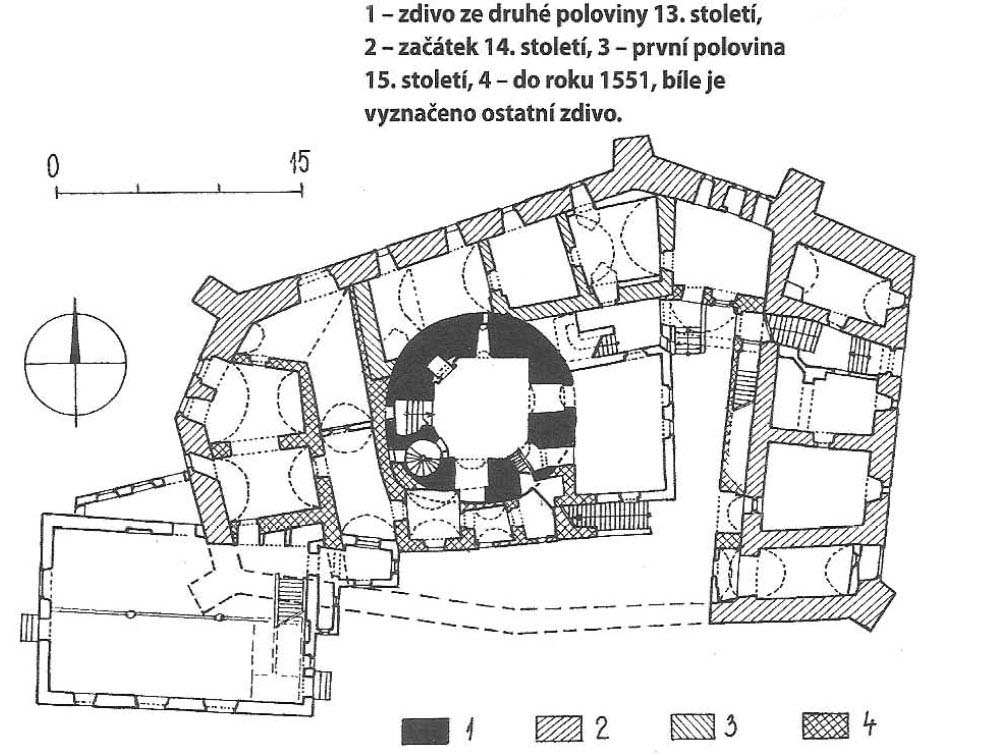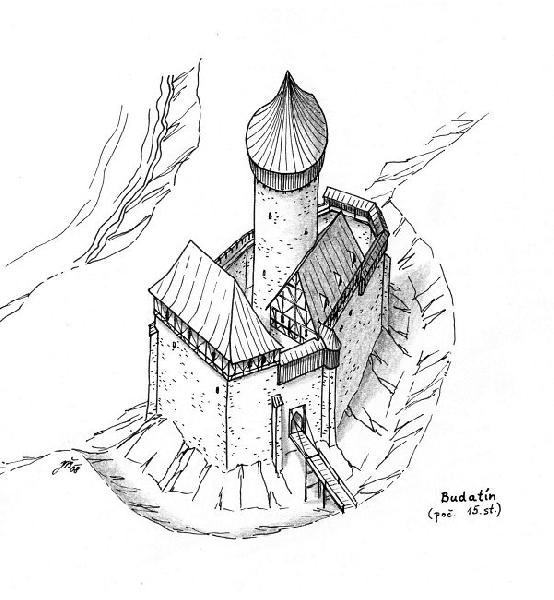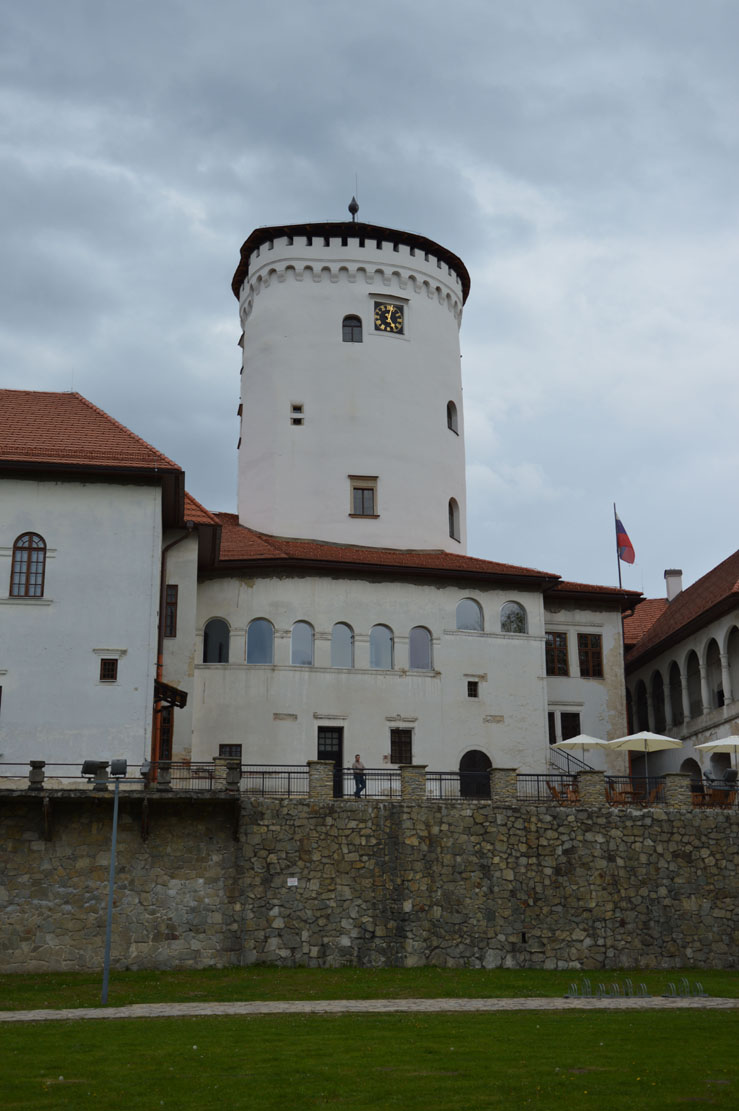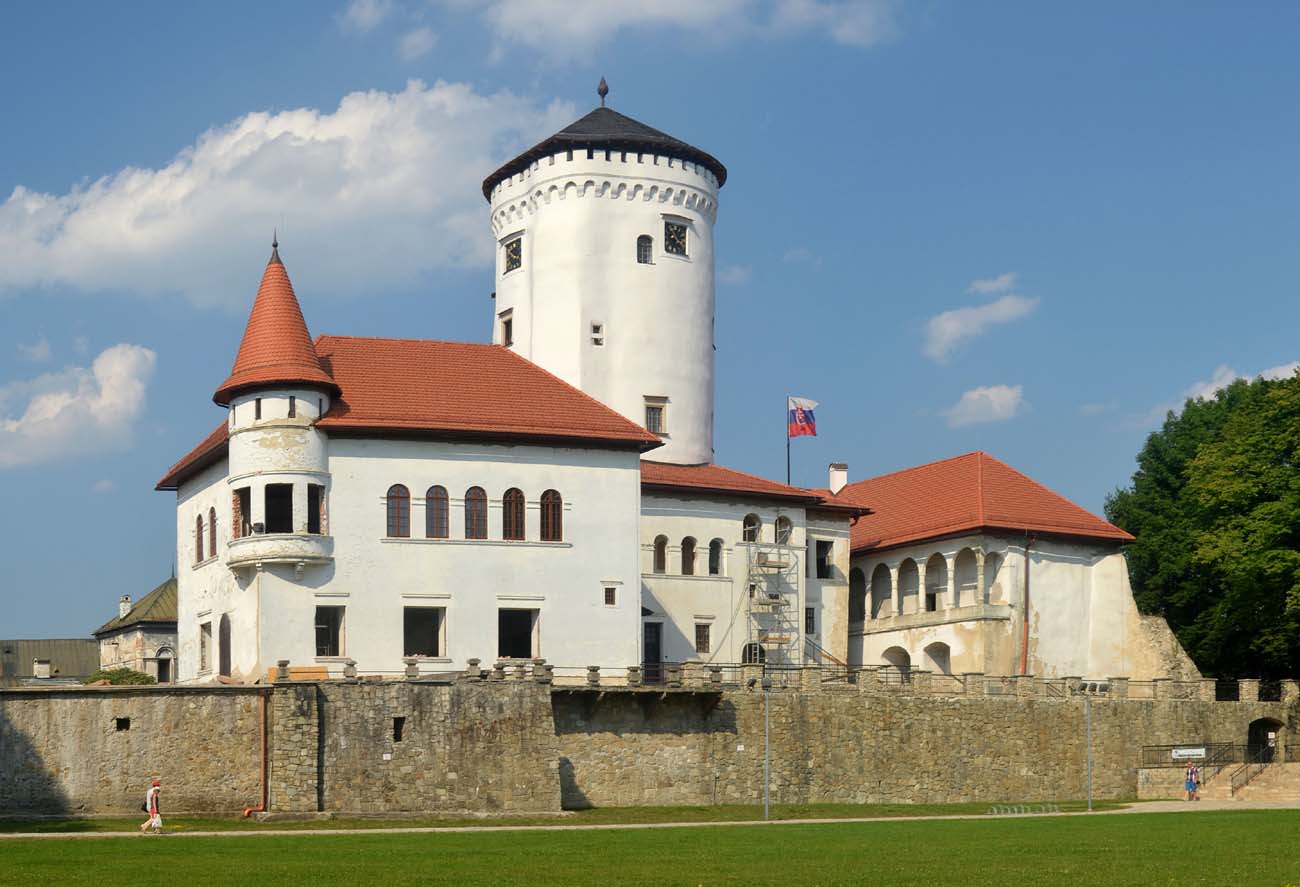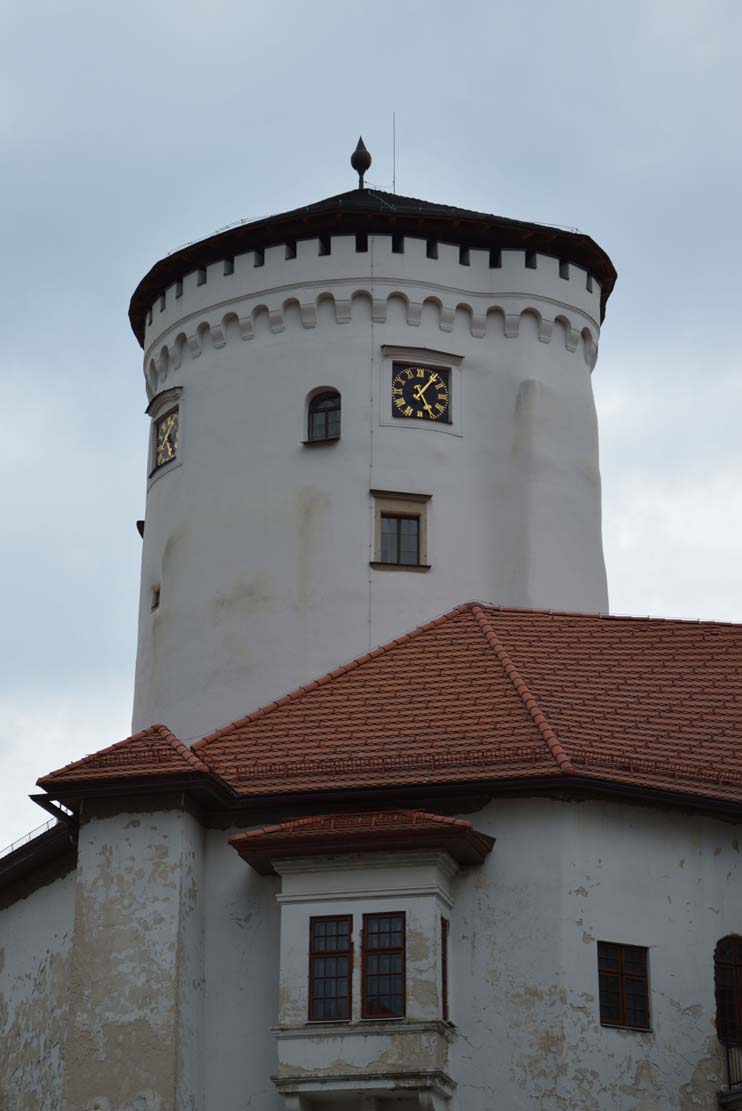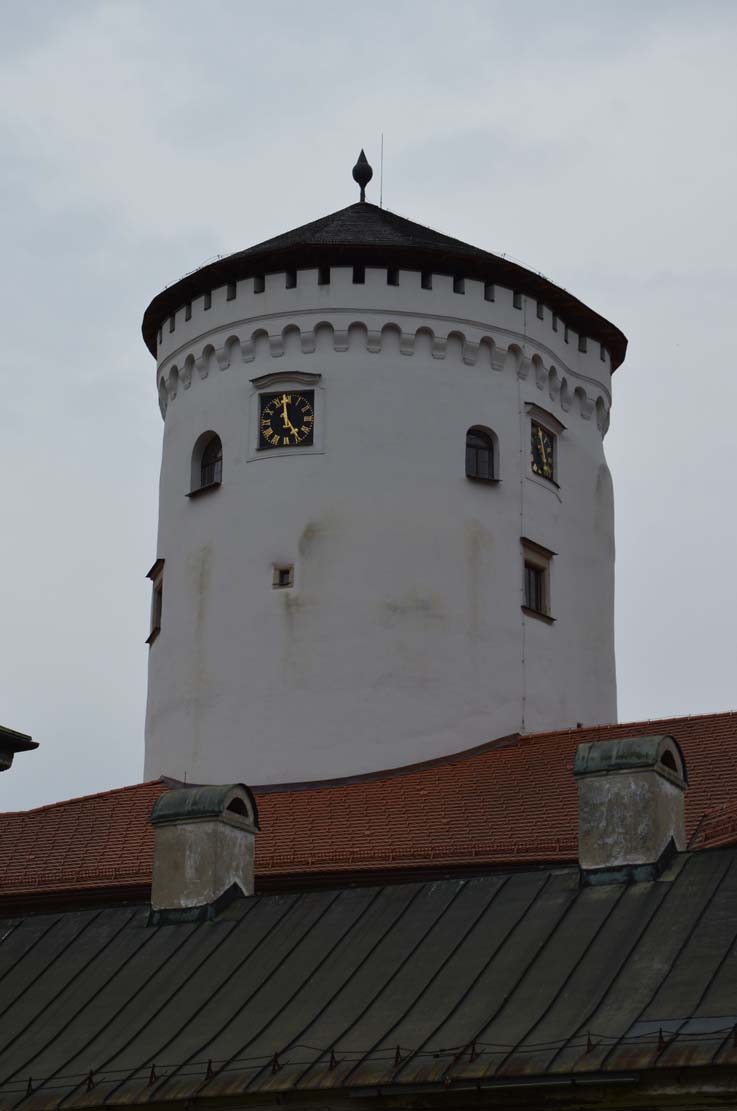History
The castle was built in the second half of the 13th century. It protected an important trade route leading from Hungary to Silesia. It was located in a strategic place, at the ford, where duty was collected. Originally it was a royal castle, occupied at the beginning of the fourteenth century by the magnate Matthew Csák. It returned to the Hungarian ruler after the death and fall of Csák in 1321. Castle remained for a long time in the possession of the kings who handed it over to the castellans until 1436.
Jiri of Hatné became the first private owner of the castle in the 15th century, gifted by Sigismund of Luxembourg, who was drowning in debts. Since 1487, the owner was Kaspr Sunnegh (Gašpar Suňog). For some time it was taken over by knights-robbers, but in 1545 it returned to the hands of Juraj Sunnegh and remained in the possession of this family until 1798. After this date it belonged to the Csák family.
In 1551 the castle was rebuilt in the Renaissance style. The Turkish threat from the south and troubled times meant that at the beginning of the 17th century, the castle was again fortified by early modern bastions, while the former Gothic interiors were rebuilt into a comfortable residence. The new fortifications did not save the castle in 1684 against the capture and burning by Imre Thököly army, during the anti-Habsburg uprising. When, at the end of the 18th century, the residence was in the hands of the Csák family, the building no longer had any major defensive assets and was a typical seat of the aristocracy. During the revolution of 1848, the imperial troops of the Habsburgs seriously damaged and burned the palace. It was rebuilt only in 1870 to serve as a barracks. In the years 1922-1923, the last major reconstruction of the palace in the historical-romantic style was made. In 1945, the castle was nationalized, and in the 1950s, the renovation was carried out, preserving the solid of the inter-war reconstruction.
Architecture
The castle was located on the right bank of the Váh River, opposite the town of Zilina and near the economic base which was the settlement of Závodi and the romanesque church. Its oldest and most important part was a 20-meter high stone defensive tower, originally surrounded by timber fortifications. In the first half of the fourteenth century, a stone defensive wall around the tower and a residential building with four rooms in the ground floor were built. It was located at the eastern curtain, and a second building at the northern curtain was erected in the first half of the 15th century. The entrance gate was located in the north-east corner between two residential buildings. Probably at latest in the fifteenth century, a large outer ward was adjacent to the west and north.
Current state
The Budatin castle has survived in a completely rebuilt form. The most visible medieval remain is the Gothic main tower. The rest of the original walls are hidden under modern facades. Castle is open to visitors from May to September from 9.00 to 17.00 and from October to April from 9.00 to 16.00.
bibliography:
Bóna M., Plaček M., Encyklopedie slovenských hradů, Praha 2007.
Wasielewski A., Zamki i zamczyska Słowacji, Białystok 2008.

